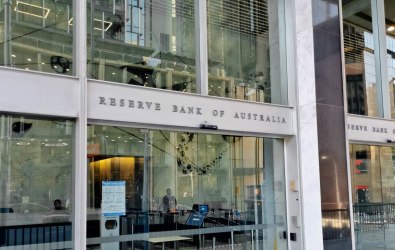The introduction of multiple exchange operators in the Australian market will reduce trading costs as operators will not only compete on price, but will also introduce new trading technology, according to global agency broker Instinet.
Exchange operators had already introduced technology that allowed a greater variety of order types to be processed, Instinet Asia chief executive Glenn Lesko told Investor Weekly.
"The benefits are obviously the benefits of competition, something that you've already seen in order types," Lesko said.
"[ASX] have a midpoint dark match, an order type in which you can send an order to an exchange and match it at midpoint price.
"So in the end, instead of having to just send your bid to the exchange in a fully displayed fashion and where you have to either choose to display the bid price or tick the offer, this allows you to send an order just at the midpoint without displaying the order type.
"The ASX would never have come up with something like that having not been faced with competition."
He said the recent volatile markets and the outlook of flatter returns made the issue of trading costs more pertinent.
"If your funds are up 40 per cent every year, nobody will care about the trading costs, but if they are flat, then trading costs can make the difference between being up or down," he said.
But he also said a multiple exchange operator environment would also require clients to be more vigilant about the different price structures.
"In this more complex marketplace, the variety of outcomes that you might get from different brokers will be higher," he said.
"With a simple order book, you place the order and the outcome you'll get from various brokers will be pretty similar.
"Now, you have to keep up with the original ASX order book, the Chi-X order book and the ASX is going to bring out a second order book, called PureMatch.
"They have also eased restrictions on crossing trades to various broker dark pools where you can access liquidity as well.
"Now there is a whole new bevy of different ways to trade and no prescriptive rule book of how to do it."
Chi-X started trading in Australia on 31 October and its parent company, Chi-X Global, is owned by Instinet.
AllianceBernstein Asia-Pacific trading head Emma Quinn questioned whether costs would be cut on the introduction of a new market operator.
Quinn pointed out Australia's financial regulator had made it mandatory for brokers to connect to both platforms under a best-execution policy, under which brokers have to implement a trade on the terms most favourable to the client.
That means market participants need to establish best-execution policies, which would bring compliance and technology costs in the short term.
"I think we have already seen cost increases," Quinn said.
"On my desk, I've got 10 best-execution policies from 10 individual brokers to go through, so you will have compliance costs.
"You have to figure out who is in dark pools . and are we opening ourselves up to high-frequency trading if we trade on different venues? So there is a whole heap of investment of time that you have to put a price on in alternative exchanges.
"The benefits have been and are gone and the reality is now actually setting into the market in terms of compliance costs and technology costs."





